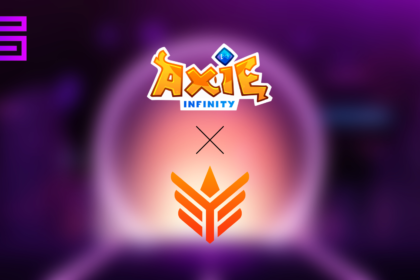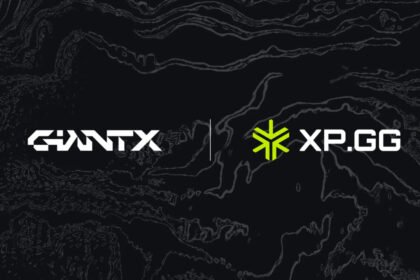Airdrops have become a buzzword in the cryptocurrency and blockchain space, offering an innovative way to distribute tokens to users and build community engagement. But what exactly is an airdrop, and why has it gained such popularity?
The Concept Behind Airdrops
In the simplest terms, an airdrop is a method of distributing cryptocurrency tokens directly to users’ wallets. Unlike traditional giveaways or promotional campaigns, airdrops often require minimal effort from recipients. The goal is to promote new blockchain projects, increase user adoption, and create buzz around a token. By giving away tokens for free or in exchange for small tasks, projects aim to incentivize early adoption and reward community engagement.
The concept gained traction in the early days of blockchain when startups needed a cost-effective way to reach potential users. Instead of spending heavily on marketing, projects could distribute a portion of their tokens to a targeted audience, fostering both goodwill and awareness.
How Airdrops Work
Airdrops are typically announced through official project channels, such as Twitter, Discord, and Telegram, where users can find detailed instructions on how to participate. Some airdrops require participants to complete specific tasks, such as following social media accounts, sharing posts, or joining Telegram groups. Others are completely passive, distributing tokens to holders of a specific cryptocurrency or to active wallets on a particular blockchain.
Airdrops can also serve as a mechanism for rewarding loyalty. For instance, long-time users of a platform or early investors may receive airdrops as a gesture of gratitude. This approach not only strengthens community ties but also boosts trust in the project’s vision.
For those new to the concept, understanding how blockchain gaming incorporates airdrops offers a deeper perspective on their role in the ecosystem.
Why Are Airdrops Important?
Airdrops play a crucial role in the decentralized ecosystem by democratizing access to new tokens. For blockchain projects, they are a cost-effective marketing tool that drives user acquisition and engagement. At the same time, they provide users with the opportunity to gain free tokens, which may later increase in value.
For example, several blockchain gaming projects use airdrops to reward early adopters with NFTs or in-game tokens. This strategy not only builds a loyal user base but also introduces new players to the project’s ecosystem. By creating a sense of exclusivity and excitement, airdrops help projects gain traction in competitive markets.
To explore the broader implications of airdrops in gaming, check out this detailed analysis on the evolution of gaming airdrops.
Types of Airdrops
Not all airdrops are the same. Some are targeted at specific audiences, such as token holders or platform users, while others aim to reach a broader market. Popular types of airdrops include:
- Standard Airdrops: These involve distributing tokens to users who meet basic criteria, such as holding a particular cryptocurrency.
- Exclusive Airdrops: Reserved for loyal community members or early adopters.
- Bounty Airdrops: Require participants to complete tasks, such as social media promotion or creating content.
Each type serves a unique purpose, whether it’s attracting new users, rewarding existing ones, or increasing the project’s visibility.
The Future of Airdrops
As the blockchain space continues to evolve, airdrops are likely to become even more sophisticated. Projects are exploring ways to integrate airdrops with gamification, creating engaging experiences for users while distributing tokens. For instance, blockchain games now use NFT airdrops to reward players for achievements or milestones.
However, with the rise of airdrops comes the challenge of identifying legitimate opportunities. Scams and fraudulent schemes have become increasingly common, making it essential for users to verify the authenticity of an airdrop before participating.
Airdrops have transformed the way blockchain projects engage with their communities. By offering a simple yet effective means of token distribution, they serve as a powerful tool for marketing, user acquisition, and loyalty building. Whether you’re a seasoned crypto enthusiast or a newcomer, participating in airdrops can be both rewarding and educational. As the industry continues to innovate, airdrops will undoubtedly play a key role in shaping the future of blockchain and gaming ecosystems.









